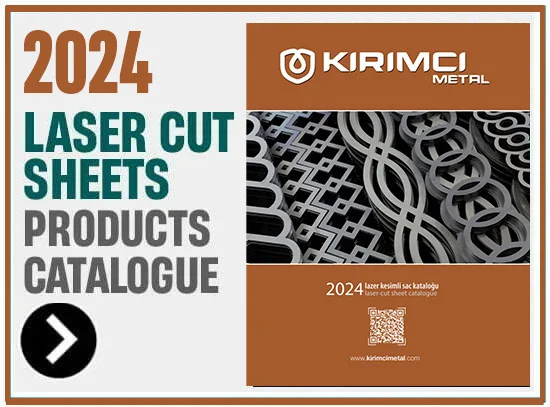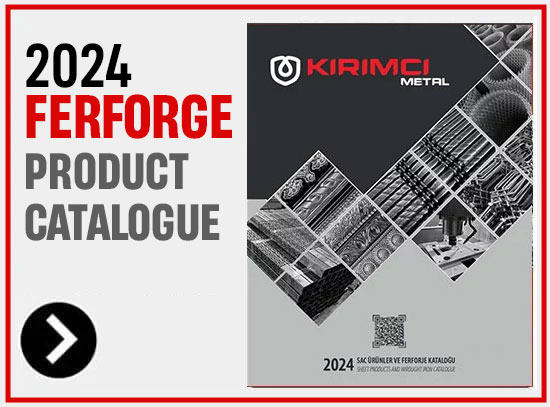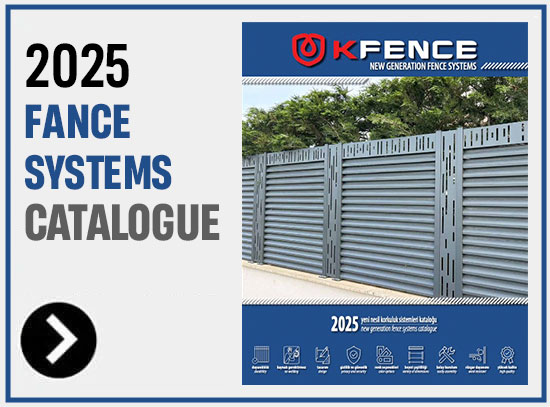Laser Cutting Sheets
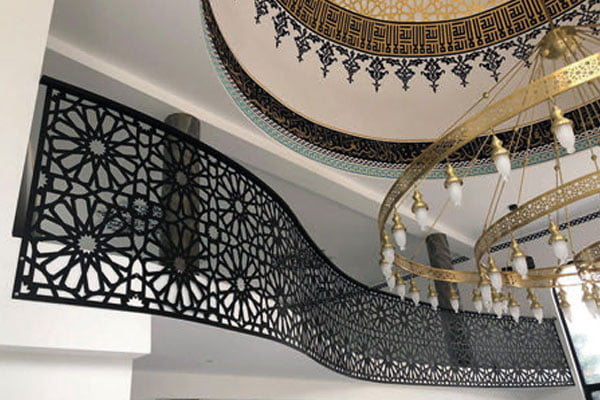
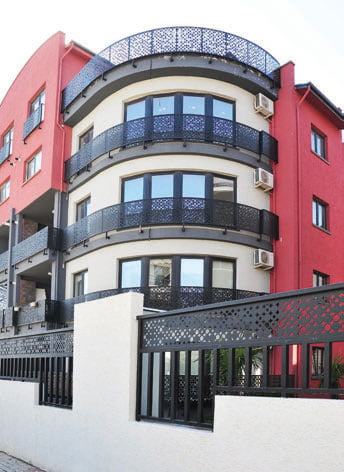
What is Laser Cutting?
Laser cutting refers to the process of using a laser beam to precisely cut metal sheets or objects. This method offers a high degree of accuracy and versatility in creating complex designs, patterns, and shapes on various types of metals, including iron, cold-rolled and hot-rolled steel, black steel, aluminum, brass, and copper.
What are the Production Steps of Laser Cutting?
The laser cutting process is carried out using advanced technology laser cutting machines, which utilize high-energy laser beams and various gases. The steps of this production method are as follows:
- Design: A design is created using computer-aided design (CAD) software. The digital file containing the design is transferred to the laser cutting machine.
- Material: The metal sheet to be cut is placed on the machine’s worktable.
- Laser Cutting: A high-powered laser beam is directed at the surface of the metal. The laser energy melts, burns, or vaporizes the material to create the desired cut or pattern.
- Cooling and Ventilation: To prevent overheating of the metal, cooling systems such as coolant or compressed air are often used during the cutting process. Ventilation systems help remove smoke or particles generated during laser cutting.
- Quality Control: Once the cutting process is completed, the finished product is inspected to ensure it matches the design, has clean edges, and meets general quality standards.
What are the Benefits of Using Laser Cutting?
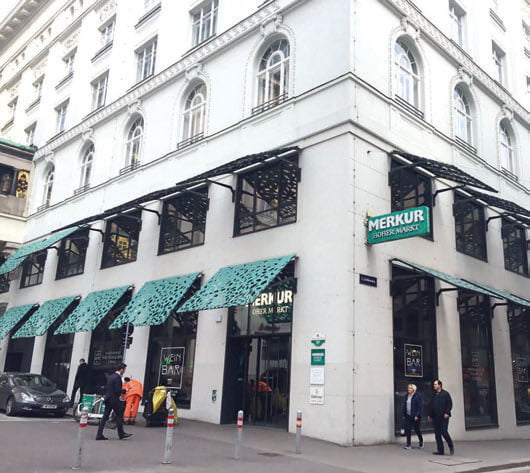
The use of laser-cut metal sheets provides numerous advantages, making it a popular choice across industries ranging from manufacturing and automotive to art and architecture. Here are some key benefits:
- Fast Production: Laser cutting is a fast and efficient process. Complex cuts can be completed in a relatively short time, contributing to increased productivity and quicker turnaround times for projects.
- Efficient Production: Since less material is wasted during the laser cutting process, it is cost-effective and keeps environmental pollution at a minimum.
- Material Variety: Laser cutting is a versatile process that can be applied to a wide range of metals, including steel, aluminum, brass, and copper. It can process metal sheets of various thicknesses, making it suitable for different industrial applications.
- Precision: Laser cutting machines cut based on the digital data uploaded. This production method can achieve complex patterns with high precision and minimal error margins.
- Automation: Laser cutting can easily be automated, allowing for the consistent and precise reproduction of designs.
These points demonstrate why laser cutting is more advantageous than other manufacturing methods.
Where are Laser-Cut Sheets Used?
- Industry: Precision Parts: Laser cutting is used to produce highly precise and complex parts for machinery and equipment.
- Automotive: The precision of laser cutting allows the automotive industry to produce customized parts and designs without error.
- Aerospace: It is used to manufacture lightweight and high-precision components for aircraft and spacecraft.
- Architecture: Laser-cut metal is used for decorative architectural elements such as screens, panels, and facades.
- Art: Artists and designers use laser-cut metal to create intricate sculptures, art pieces, and decorative items.
These are just a few examples, and as technology advances, the applications of laser-cut metals continue to expand as industries find new ways to benefit from the precision and flexibility laser cutting offers.
What Factors Affect the Cost of Laser-Cut Sheets?
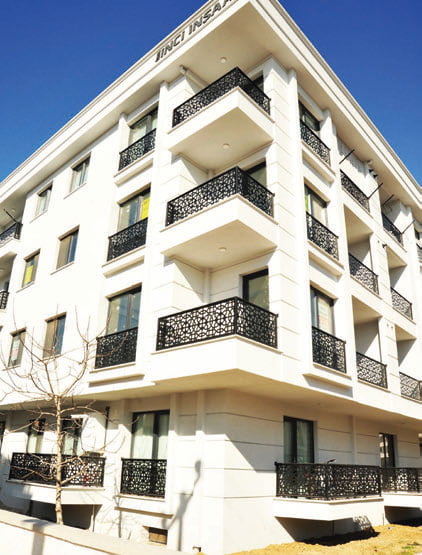
The primary factor that affects the cost of laser-cut sheets is the type and thickness of the material used. The cost increases with thicker materials due to the increased amount of material required and the higher energy consumption needed to cut them.
Dense and complex designs will increase the time required for laser cutting, which will also drive up costs.
Post-cutting processes, such as galvanizing, painting, or other coating treatments, can also raise the overall cost.
When estimating the cost of laser-cut sheets, it is important to consider these factors and understand how each contributes to the final price. Feel free to contact us to discuss your needs!



